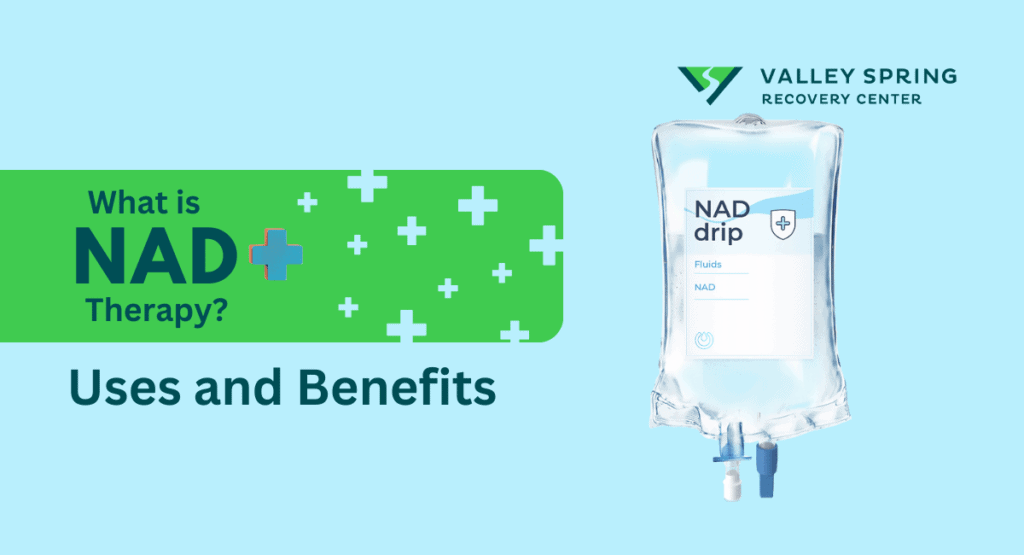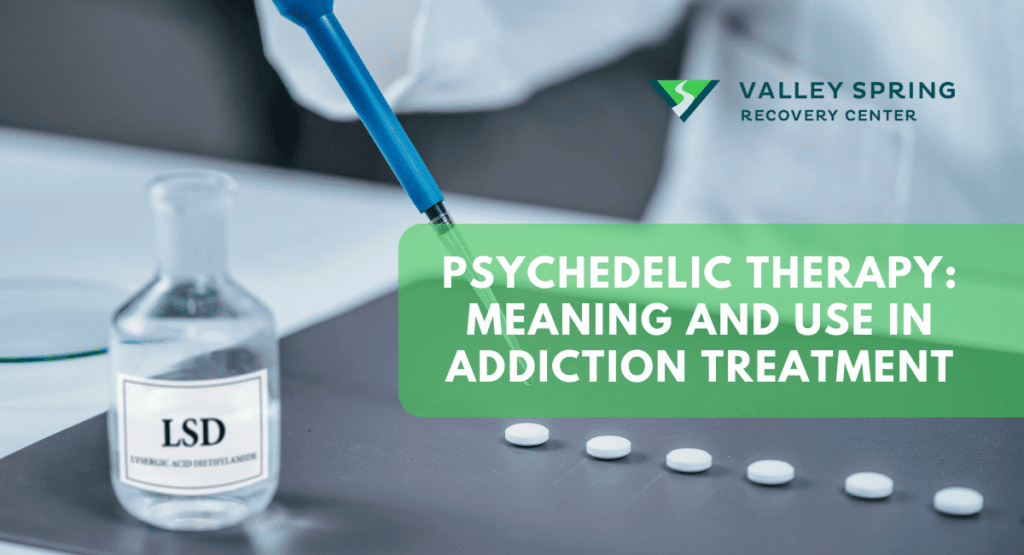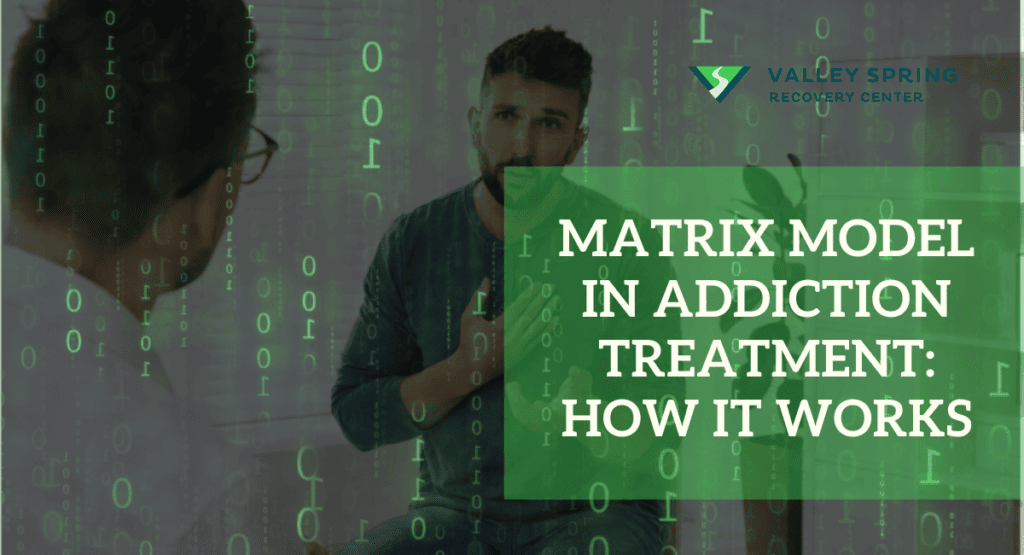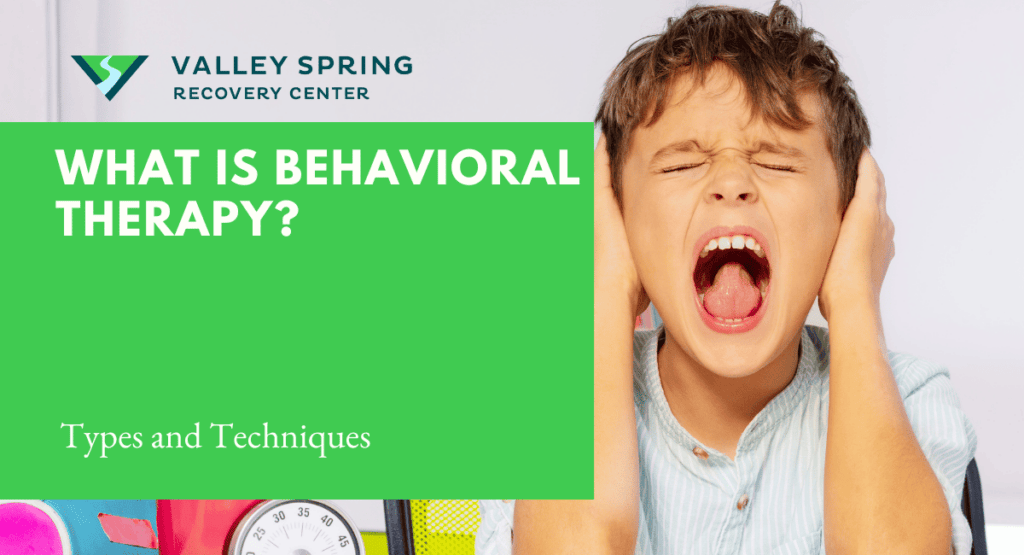NAD therapy, an innovative approach gaining attention in addiction treatment, holds the promise of addressing the complex challenges faced by individuals with substance abuse issues. Nicotinamide Adenine Dinucleotide (NAD+) therapy aims to restore cellular functioning and promote recovery.
NAD therapy is being increasingly explored as a complementary treatment modality for addiction. By replenishing NAD+ levels in the body, this therapy aims to support the recovery process by enhancing cellular metabolism, optimizing neurotransmitter function, and promoting DNA repair.
The potential benefits of NAD therapy extend beyond addiction treatment. As NAD+ plays a vital role in cellular energy production and DNA repair, its supplementation may result in increased energy levels, improved cognitive function, and enhanced overall well-being.
Note that the information provided in the article is based on the latest research and clinical evidence.
What is NAD Therapy?
NAD therapy, also known as Nicotinamide Adenine Dinucleotide therapy, is a medical treatment that involves the administration of NAD+ (Nicotinamide Adenine Dinucleotide) intravenously or orally.
NAD+ is a coenzyme found in every cell of the body and plays a crucial role in various biological processes, including energy metabolism and DNA repair.
The theory behind NAD therapy is that by increasing the levels of NAD+ in the body, cellular functions can be enhanced, promoting overall health and well-being. NAD+ levels naturally decline with age, and this decline has been associated with various age-related diseases and conditions.
Proponents of NAD therapy claim that it can provide a range of benefits, including increased energy, improved cognitive function, enhanced athletic performance, and even anti-aging effects. However, it’s important to note that the research on NAD therapy is still in its early stages, and more studies are needed to fully understand its efficacy, safety, and long-term effects.
What are the Benefits of NAD Therapy in Addiction?
NAD therapy offers several potential benefits for individuals undergoing addiction treatment and beyond. Some of the benefits include:
1. Withdrawal Symptom Relief
NAD therapy may help alleviate withdrawal symptoms associated with substance abuse, such as anxiety, depression, fatigue, and cravings. By replenishing NAD+ levels, this therapy supports the body’s natural healing processes and promotes a smoother transition during the detoxification phase.
2. Craving Reduction
NAD therapy has been reported to assist in reducing cravings for drugs or alcohol. Optimizing neurotransmitter function and restoring cellular balance may help individuals better manage their cravings and decrease the risk of relapse.
3. Energy Boost
NAD+ is involved in cellular energy production. Increasing NAD+ levels through therapy can potentially enhance energy metabolism, leading to increased physical and mental energy levels. This boost in energy can contribute to an improved sense of well-being and motivation during the recovery process.
4. Cognitive Enhancement
NAD therapy has been associated with improved cognitive function and mental clarity. By supporting brain health, DNA repair, and neurotransmitter function, it may help individuals experience enhanced cognitive abilities, such as improved focus, concentration, and memory.
5. Overall Well-being
NAD therapy has the potential to promote overall well-being by supporting cellular repair processes, reducing oxidative stress, and improving mitochondrial function. This can lead to a range of positive effects, including improved mood, reduced inflammation, enhanced immune function, and a greater sense of vitality.
The benefits of NAD therapy may vary for each individual, and more research is needed to fully understand its effects. Consult with healthcare professionals experienced in NAD therapy to determine if it is a suitable treatment option and to receive personalized guidance based on your needs and goals.
How is NAD Therapy Administered for Addiction Treatment?
NAD Therapy is typically administered intravenously. This method ensures that high levels of NAD+ are directly delivered into the bloodstream, bypassing the digestive system for maximum absorption. The treatment course can vary, usually consisting of daily sessions over a period of 10 to 14 days, depending on individual needs and the severity of the addiction.
What Types of Addiction Can NAD Therapy Treat?
NAD Therapy can be effective for a variety of substance addictions, including alcohol, opioids, prescription drugs, and illicit drugs. Its ability to repair cellular damage and restore neurochemical balance makes it a versatile treatment for different types of substance abuse disorders.
What is the Protocol for NAD Treatment?
The specific protocol for NAD treatment can vary depending on the healthcare provider, the individual’s needs, and the treatment setting. However, here is a general outline of the protocol typically followed during NAD treatment for addiction:
1. Initial Assessment
The treatment process begins with an initial assessment conducted by a qualified healthcare professional. This assessment involves a comprehensive evaluation of the individual’s medical history, addiction history, current substance use patterns, overall health, and any co-occurring conditions.
2. Pre-Treatment Preparation
Before starting NAD therapy, individuals may be required to abstain from substances for a certain period. This period can vary depending on the specific treatment center or healthcare provider. It is essential to discuss any medications, supplements, or health conditions with the healthcare provider to ensure safety and effectiveness.
3. NAD Infusion
NAD therapy typically involves intravenous (IV) infusions of NAD+. The NAD+ solution is administered directly into the bloodstream, allowing for quick absorption by the body. The infusion sessions are conducted in a controlled environment under medical supervision. The duration and frequency of the infusions can vary depending on the individual’s needs and the healthcare provider’s recommendation.
4. Monitoring and Support
During the infusion sessions, healthcare professionals monitor vital signs, assess the individual’s response to the treatment, and provide any necessary support. This may include managing any potential side effects, addressing discomfort, and ensuring the individual’s safety and well-being throughout the process.
5. Post-Treatment Care
After completing the NAD infusion sessions, individuals may receive ongoing support and follow-up care. This can include counseling, therapy, and other forms of aftercare to support long-term recovery and address the underlying factors contributing to addiction.
What is NAD Therapy Used to Treat?
NAD therapy is used for various purposes, including:
1. SUD/Addiction Treatment: NAD therapy has gained attention as an alternative treatment for addiction, particularly for substance abuse disorders. It is believed to aid in reducing withdrawal symptoms, managing cravings, and supporting the detoxification process. NAD therapy is often used in conjunction with other addiction treatment modalities.
2. Anti-aging and Wellness: NAD+ plays a vital role in cellular energy production and DNA repair. Some proponents of NAD therapy suggest that it may have anti-aging effects and promote overall wellness by supporting cellular health, reducing oxidative stress, and enhancing mitochondrial function.
3. Cognitive Function: NAD+ is involved in various cellular processes that impact brain function. NAD therapy has been explored as a potential intervention to support cognitive function, enhance mental clarity, and improve memory and focus. It may be considered for individuals experiencing cognitive decline or seeking cognitive enhancement.
4. Neurodegenerative Diseases: There is ongoing research into the potential use of NAD therapy for neurodegenerative disorders such as Alzheimer’s disease, Parkinson’s disease, and Huntington’s disease. NAD+ is believed to have neuroprotective properties and may help support brain health and slow down disease progression, although more research is needed in this area.
It’s important to note that while NAD therapy shows promise in various areas, the scientific evidence is still evolving, and more research is ongoing to fully understand its effectiveness and appropriate usage.
Are There Any Side Effects Associated with NAD Therapy?
NAD Therapy is generally considered safe with minimal side effects. Some patients may experience mild discomfort, such as a feeling of warmth or flushing, during the IV infusion. However, serious side effects are rare, making it a viable option for those seeking alternative treatments for addiction.
Can NAD Therapy Be Used Alone for Treating Addiction?
While NAD Therapy can significantly aid in addiction treatment, it is most effective when combined with other treatment modalities like counseling, behavioral therapy, and support groups. It addresses the physical aspect of addiction, but psychological and social factors also play a crucial role in recovery.
How Does NAD Therapy Improve Mental Clarity and Cognitive Function?
NAD+ plays a crucial role in cellular energy production and DNA repair, which are essential for healthy brain function. By increasing NAD+ levels, NAD Therapy can enhance cognitive functions such as memory, focus, and clarity of thought, which often suffer during substance abuse.
What are the Long-Term Benefits of NAD Therapy in Addiction Recovery?
Long-term benefits of NAD Therapy include sustained reduction in cravings, improved mood stability, enhanced energy levels, and overall better physical and mental health. These benefits can significantly improve the quality of life for individuals in recovery and support long-term sobriety.
Is NAD Therapy Supported by Scientific Research?
NAD Therapy for addiction treatment is supported by a growing body of scientific research. Studies have shown its effectiveness in reducing withdrawal symptoms and cravings. However, it is a relatively new treatment modality, and ongoing research continues to explore its full potential and long-term effects.
What are Some Other Alternative Treatments or Therapies for Addiction?
While NAD therapy has gained attention as an alternative treatment for addiction, some other alternative treatments and therapies can be explored as well. Here are a few examples:
1. Medication-Assisted Treatment (MAT)
Medication-assisted treatment involves the use of FDA-approved medications, such as methadone, buprenorphine, or naltrexone, in combination with counseling and behavioral therapies. MAT can be effective in managing withdrawal symptoms, reducing cravings, and supporting long-term recovery for individuals with opioid or alcohol addiction.
2. Holistic Therapies
Holistic therapies encompass various approaches that address the mind, body, and spirit. These can include practices such as acupuncture, massage therapy, aromatherapy, herbal medicine, and nutritional counseling. Holistic therapies aim to promote overall well-being, reduce stress, and support the healing process.
3. Motivational Interviewing
Motivational interviewing is a counseling technique that focuses on helping individuals explore and resolve ambivalence about their substance use. It is a collaborative approach that aims to evoke motivation and commitment to change. Motivational interviewing can be integrated into various addiction treatment modalities to enhance engagement and increase the likelihood of successful outcomes.
4. 12-Step Programs
Twelve-step programs, such as Alcoholics Anonymous (AA) and Narcotics Anonymous (NA), have been widely used for decades as a support network for individuals in recovery. These programs follow a spiritual framework and involve attending meetings, working through the 12 steps, and engaging in peer support. They provide individuals with a structured approach and a sense of community that can be instrumental in maintaining sobriety.
5. Mindfulness-Based Relapse Prevention (MBRP)
MBRP incorporates mindfulness meditation techniques into relapse prevention strategies. It helps individuals develop awareness of triggers, cravings, and habitual patterns related to substance use. By cultivating mindfulness, individuals can develop skills to respond skillfully to cravings and stressors, reducing the risk of relapse.
6. Adventure Therapy
Adventure therapy involves engaging in outdoor activities and challenges as a therapeutic intervention. It can include activities such as hiking, rock climbing, camping, or wilderness expeditions. Adventure therapy promotes personal growth, builds resilience, fosters teamwork, and provides opportunities for individuals to overcome challenges in a supportive environment.
7. Dialectical Behavior Therapy (DBT)
DBT is a form of therapy that combines elements of cognitive-behavioral therapy with mindfulness techniques. It focuses on developing skills for emotional regulation, distress tolerance, interpersonal effectiveness, and self-acceptance. DBT can be particularly helpful for individuals with co-occurring substance use and mental health disorders.
8. Group Therapy.
Group therapy for addiction is an effective way to peers and community members in recovery to share. Group therapy is an effective way to treat addiction alongside other treatment methods like CBT, DBT or NAD therapy.
9. Trauma Informed Care
NAD Therapy, in conjunction with trauma-informed care, offers a holistic approach to healing. By restoring cellular health with NAD+ and addressing psychological trauma through informed care, this model can effectively aid recovery, enhance emotional resilience, and promote overall well-being.
It’s important to note that the effectiveness of these alternative treatments and therapies can vary depending on individual circumstances.
Does NAD Help Brain Function?
Yes, NAD+ is involved in energy metabolism and DNA repair, which can impact brain function. Adequate NAD+ levels are crucial for optimal brain energy metabolism and maintaining the integrity of neurons’ genetic material.
NAD+ also regulates enzymes and proteins involved in neurotransmitter synthesis and signaling, supporting cognitive functions such as learning, memory, and mood regulation. Increasing NAD+ levels through NAD therapy or other means shows promise for brain health and cognitive function. However, further research is needed to fully understand NAD+’s effects on the brain.
How Does NAD Therapy Compare to Traditional Addiction Treatments?
NAD Therapy is considered a complementary treatment and offers a different approach compared to traditional treatments. Traditional methods often focus on managing withdrawal symptoms and psychological support, while NAD Therapy works on a cellular level focusing on the science of the brain to restore function and biochemistry disrupted by substance abuse.
Can NAD Therapy Prevent Relapse in Recovering Addicts?
NAD Therapy can be an effective tool in reducing the risk of relapse. By alleviating withdrawal symptoms, reducing cravings, and improving overall well-being, it helps create a solid foundation for long-term recovery. However, like any treatment, it should be part of a comprehensive recovery plan that includes ongoing support and therapy.
How Long Does it Take for NAD to Start Working?
With oral NAD precursors, it may take some time for the body to convert these precursors into NAD+ and for NAD+ levels to rise. This process may require several days or weeks of consistent supplementation before noticeable effects are observed.
With intravenous (IV) NAD+ infusions, the effects may be felt more rapidly since NAD+ is directly administered into the bloodstream. Some individuals report feeling immediate effects during or shortly after the infusion sessions, such as increased energy and mental clarity. However, the duration and sustainability of these effects can vary.
Remember that NAD therapy is not an instant solution, and its effectiveness may vary depending on individual factors. The therapeutic effects of NAD therapy are often cumulative and may require a series of treatments over time to achieve desired outcomes.
Is it Safe to Take NAD supplements?
NAD (Nicotinamide Adenine Dinucleotide) supplements are generally considered safe. However, it’s important to consult with a healthcare professional before starting any new supplement regimen. Ensure you choose NAD supplements from reputable sources, follow recommended dosages, and be aware of potential side effects such as digestive discomfort or headaches.
NAD supplements may interact with certain medications, so inform your healthcare provider about all medications you’re taking. Individual responses may vary, and the long-term effects of NAD supplementation are still being researched. Approach NAD supplements with caution and make informed decisions with guidance from healthcare professionals.
What are the Side Effects of NAD Therapy?
NAD (Nicotinamide Adenine Dinucleotide) therapy is generally considered safe when administered by qualified healthcare professionals. However, like any medical intervention, there can be potential side effects. Some possible side effects of NAD therapy may include:
- Temporary Discomfort: Some individuals may experience temporary discomfort at the infusion site during IV NAD+ therapy. This can include redness, bruising, or irritation.
- Lightheadedness or Dizziness: NAD therapy can occasionally cause lightheadedness or dizziness, particularly during or after infusion sessions. It is important to stay hydrated and inform healthcare providers if any symptoms occur.
- Nausea or Upset Stomach: NAD therapy may cause temporary gastrointestinal discomfort, such as nausea or upset stomach. This is usually mild and transient.
- Flushing: Some individuals may experience flushing or a sensation of warmth in the face or body during NAD therapy. This is typically harmless and resolves on its own.
NAD therapy is still under stringent research and review to discover whether it is completely safe and if there are more side effects to worry about. However, up till now, these are the known side effects.
Final Thoughts On NAD Therapy For Addiction Recovery
In conclusion, NAD (Nicotinamide Adenine Dinucleotide) therapy shows promise as a potential treatment option for addiction. While research is still ongoing, there is evidence suggesting its usefulness in reducing withdrawal symptoms, and cravings, and improving overall well-being during the recovery process.
NAD therapy may offer a unique approach by replenishing NAD+ levels, which play a crucial role in cellular energy production and neuroprotection. However, further large-scale clinical trials are needed to establish its efficacy, optimal dosing, and long-term benefits.
As with any medical intervention, it is important for individuals seeking NAD therapy for addiction to consult with qualified healthcare professionals who can provide appropriate guidance and support throughout the treatment process.
Sources
- https://www.ncbi.nlm.nih.gov/pmc/articles/PMC7278809/
- https://www.webmd.com/mental-health/addiction/nad-therapy-addiction
- https://www.va.gov/WHOLEHEALTHLIBRARY/tools/substance-use-disorder-treatment-complementary-approaches.asp
Ben Fisher
All author postsShare This Post










